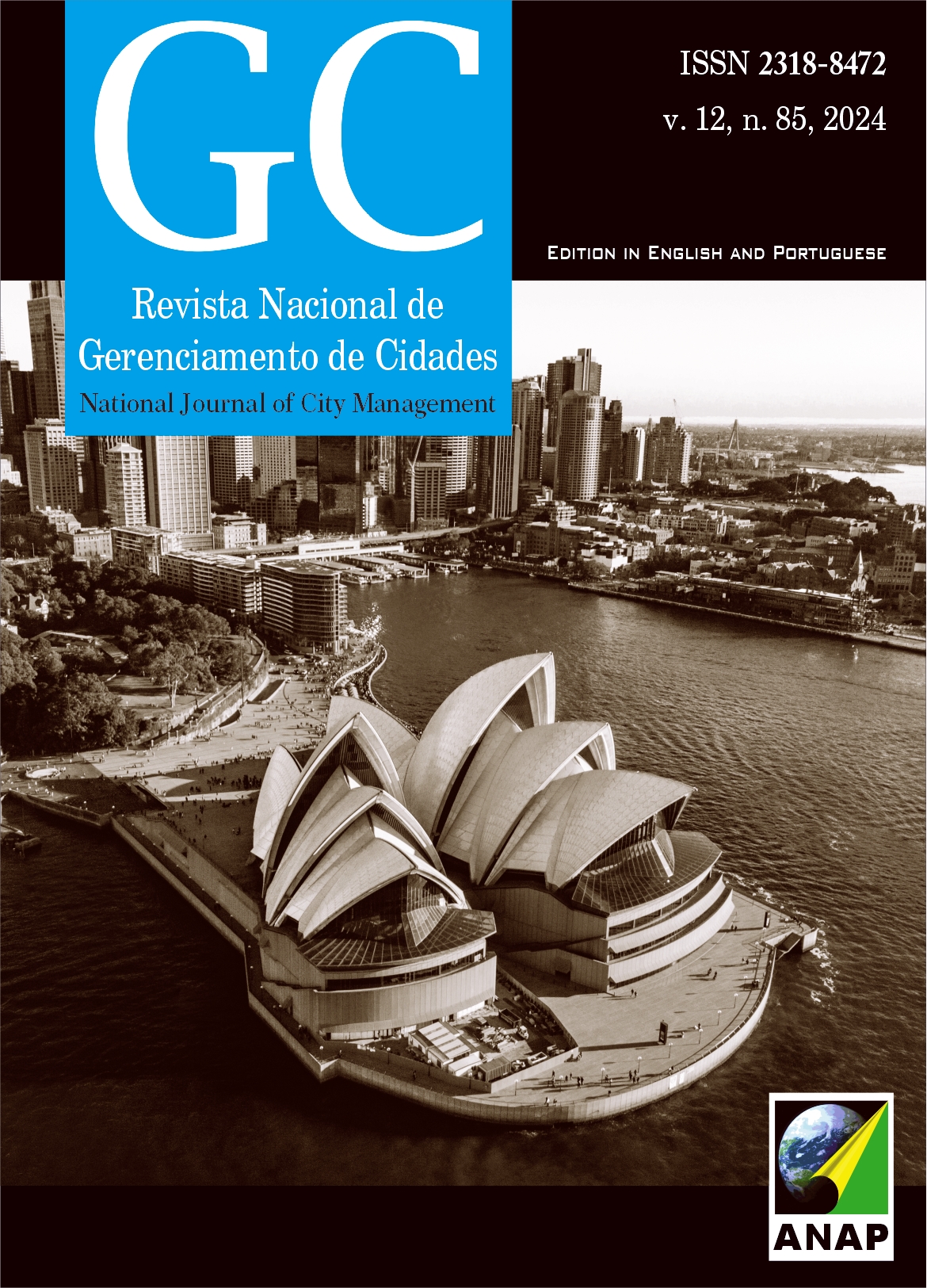Impact of the Barrier Effect of Urban Highways on Mobility and Accessibility
DOI:
https://doi.org/10.17271/23188472128520244205Palavras-chave:
Community Severance, Travel Patterns, GIS in TransportationResumo
Highways in urban areas, while facilitating traffic flow, can also pose a barrier to people's mobility in peripheral zones. Even though they expedite traffic, they can segment communities and distance them from areas with more opportunities and services. This phenomenon is known as the "barrier effect." Most current research focuses on the impacts of this barrier on mobility, especially concerning non-motorized transportation. Thus, the purpose of this study was to analyze how the barrier effect of an urban highway influences the transportation choices of the population living nearby, as well as the consequences for urban mobility and accessibility. The investigation relied on local household survey data, addressing travel patterns and socioeconomic aspects. Additionally, it included census information, thematic map production, and correlational analysis. Findings revealed that areas with multiple urban crossings tend to foster more travel, especially in higher-income areas where private motor vehicles prevail. In contrast, areas with limited crossings typically house lower-income communities with fewer trips. These areas, being further away from employment centers and services, have shorter trips, often made on foot or by bicycle, or with heavy use of public transportation, such as buses.
Downloads
Publicado
Edição
Seção
Licença
Direitos autorais (c) 2024 Revista Nacional de Gerenciamento de Cidades

Este trabalho está licenciado sob uma licença Creative Commons Attribution-NonCommercial-ShareAlike 4.0 International License.















